The concept of the ‘solar park’ was first developed in India and China seven or eight years ago. Regional energy agencies in states such as Gujarat, Qinghai and Gansu identified suitable locations where several solar power plants could be sited together. The coordinators provided for high-capacity grid connections and often also procured or provided the land.
Probably the most notable early example is the Charanka Solar Park in India’s Patan district. When this was first opened in 2012 by Gujarat’s then chief minister, Narendra Modi, it had a combined capacity of 224 MWP from 19 individual solar power plants, of which the largest were 25P MW each. It has since been expanded to over 500 MW of overall capacity.
The largest solar parks now house over 50 individual solar power plants. The solar park concept has subsequently been adopted elsewhere in Asia and the Middle East. A similar approach was implemented by the Bureau of Land Management in the United States, when it designated several ‘Solar Energy Zones’, such as that at Dry Lake in Nevada.
The following list selects the solar parks, which are believed to have at least 500 MWAC of current operational capacity (typically equivalent to 600 MWP). Solar parks are expanded progressively over time so, where possible, the potential final capacity of each has also been identified. For larger online images, click the hyperlinks in the text.
Located in the desert to the East of Golmud in Qinghai Province, China, this park accommodates at least 55 solar power plants with a combined capacity of over 1,800 MWAC. It includes a 200 MWP plant by Huanghe – the largest individual solar power plant in the world, when it was first built in 2011.
It is not known what the final capacity will be, but the overall area would be sufficient for an eventual 4 to 5 GW.
In the north of India’s Rajasthan, the Bhadla Solar Park is being developed in several stages. The first five phases have provided just under 1,800 MW of capacity in 24 plants (not all of which are yet visible on this satellite image).
The planned total capacity is 2.2 GW.
The Delingha Solar Park is located just north of Haixi, again in Qinghai Province, and houses over 40 projects with a combined capacity of over 1,000 MW. This includes 3 CSP plants together delivering about 200 MW (edged in yellow on this aerial view).
Delingha has enough site area for an eventual capacity of at least 2 GW.
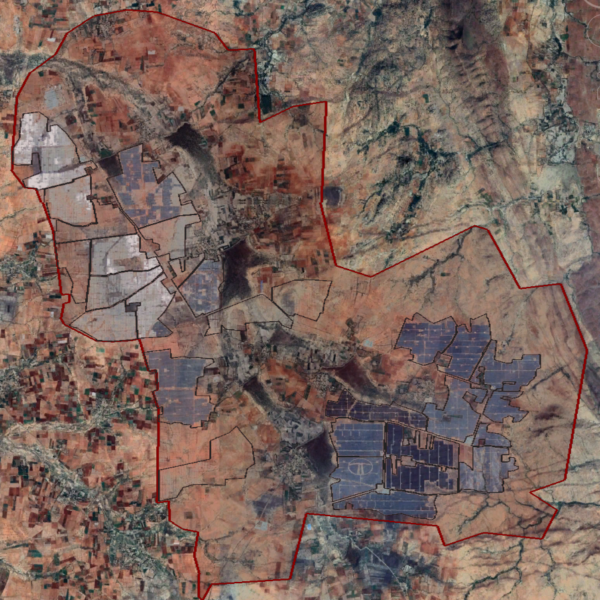 4. Pavagada Solar Park
4. Pavagada Solar Park
Located in Karnataka state in India, to the north-east of the city of Pavagada, this solar park has a current capacity of 1 GW with 14 operational plants, and a further 800 MW in construction.
It is scheduled to build out to a total capacity of 2 GW in the next few years.
5. Jinchuan, Gansu
Jinchuan in China’s Gansu province is almost surrounded by solar power plants. The solar park of just under 1,000 MW capacity lies to the north west of the city, while a further cluster of projects is to the south (an aerial view of all these plants will be shown in the final blog of this series).
Jinchuan’s largest plant has a capacity over 200 MW.
Some authorities (led by Wikipedia) list Tengger as the largest solar power complex in the world, with 1,547 MWp (about 1,250 MWAC), but this figure is unsubstantiated. With some 25 plants installed to date, we estimate that between 750 and 800 MWAC is currently operational in this desert solar park sited near Zhongwei in Ningxia, China.
The 43 square km site area would allow Tengger Solar Park to eventually accommodate up to 1.5 GW.
7. Rewa Ultra Mega Solar Park
This recent addition in India’s Madhya Pradesh, has only three solar plants, but a total capacity of 750 MW. Rewa Ultra Mega Solar Park, sometimes abbreviated to RUMS, has no further expansion currently planned.
Though not due to be opened until later this year, it is understood that some 675 MW of capacity has already been commissioned at this compact solar park in the desert in Aswan governorate. It is scheduled for an eventual capacity of 1.4 GW.
A similar current capacity is hosted in the sliver of desert between Fenglezhen and Wuwei in Gansu province.
Pictured left, the Wuwei Fengle Solar Park offers less scope for expansion but could perhaps double in size.
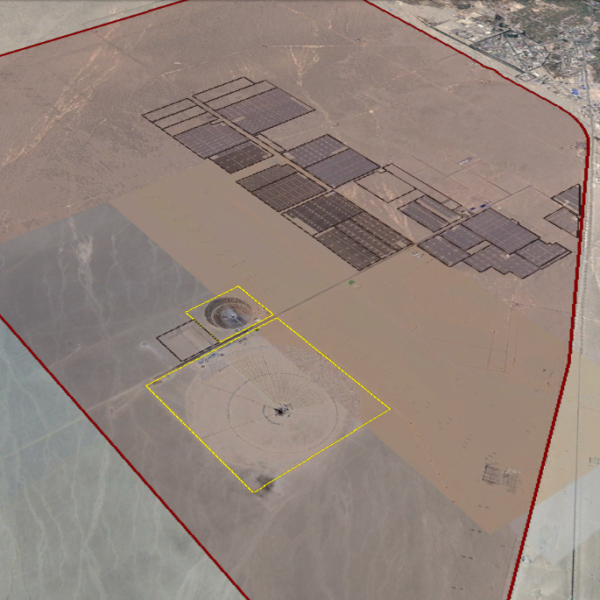 10. Qili Photoelectricity Park
10. Qili Photoelectricity Park
Again in Gansu, lying just to the south-west of Qilizhen, this solar park contains 25 solar plants with some 650 MW operational and at least a further 100 MW under construction.
Qili Photoelectricity Park comprises a mix of PV and CSP, with two ‘power tower’ projects (yellow borders in this image).
There is plenty of available space, so this park could extend to at least 5 GW, if sufficient grid capacity can be provided.
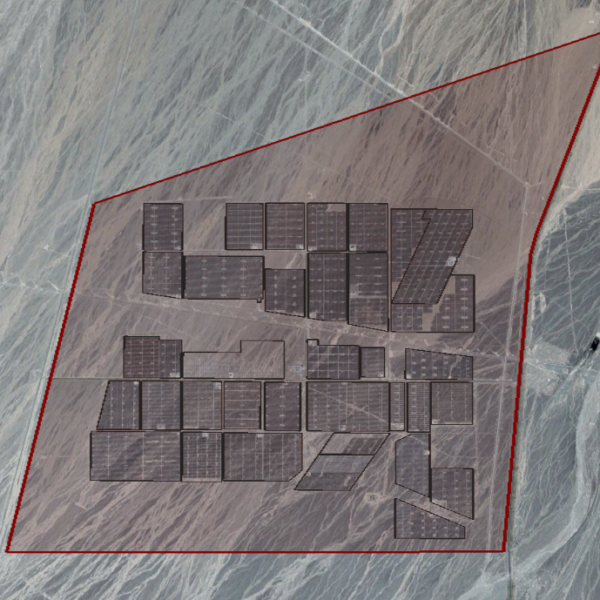 11. Shichengzi PV Industrial Park
11. Shichengzi PV Industrial Park
Also known as Hami Solar Park, this is near Kumul in China’s Xinjiang province.
It hosts some 30 power plants with a combined capacity of about 600 MW and has the potential for expansion to at least 1 GW.
12. Quaid-e-Azam Solar Park, Pakistan
This park (not illustrated) is sited in Cholistan in Pakistan’s Punjab region and is planned for an eventual 1 GW of capacity.
About half of this is currently operational in four plants at Quaid-e-Azam Solar Park.
This pathfinder development – already described above – has now been expanded to some 500 MWAC (see image right) with a further 100 MW or more under development. Charanka Solar Park is scheduled to reach an eventual capacity of 0.8 GW.
14. Sheikh Mohammed Bin Rashid Al Maktoum Solar Park
Although only 230 MW is currently operational, I have included this solar park (not pictured here), because it is scheduled to reach a total capacity of 5GW, when completed by 2030. That may make it the largest in the world, though several of the above – or others that haven’t yet reached this list – may well be bigger by then.
Acknowledgements and terminology
The term ‘solar plant’ is used for an individual project that has been developed by a single developer or consortium, even if it is spread over several geographical plots or built in various phases. Where, as described in this blog, multiple plants are co-located in a discrete area under the coordination of an identified agency, this is called a solar park. And I use the word cluster where multiple solar farms are co-located in an area without formal coordination. The largest solar park listed above is often called Golmud Desert Cluster – a name not used here, to avoid confusion.
Image credits: The satellite views are from Google Earth, using imagery from Airbus, CNES, Copernicus, Digital Globe and Landsat. In these shots, individual plants are outlined in light or dark grey, while solar parks are outlined in red. Colour coding on Wiki-Solar’s maps is different, with operational PV plants highlighted in blue, CSP plants in red and solar parks in green.
For consistency, all capacities are quoted in MWAC (unless specifically stated as MWP) to allow direct comparison between PV and CSP plants (and other forms of generation). Readers will be aware that the DC peak capacity of PV plants is typically about 20% higher than the rated AC capacity, quoted here.
The next blog in a couple of weeks’ time will identify the largest solar plants, to be followed finally by the world’s biggest clusters.
About the author
Philip Wolfe has been active in the renewables arena since the 1970s and is the founder of Wiki-Solar. His book on utility-scale solar was published in 2012 and one on the early years of the terrestrial PV sector was published last year.
The views and opinions expressed in this article are the author’s own, and do not necessarily reflect those held by pv magazine.
This content is protected by copyright and may not be reused. If you want to cooperate with us and would like to reuse some of our content, please contact: editors@pv-magazine.com.
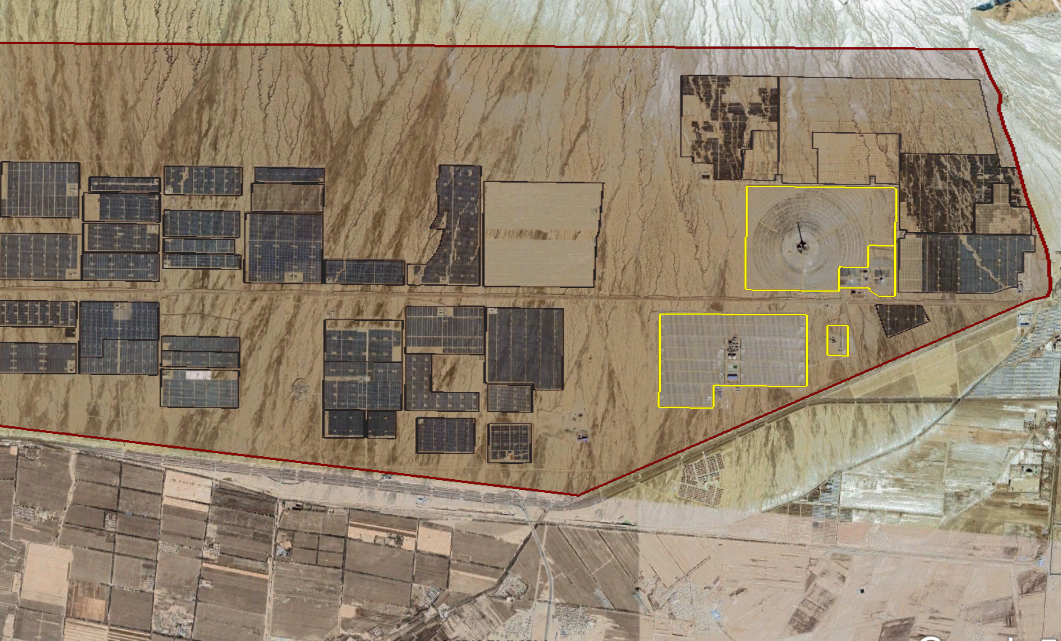
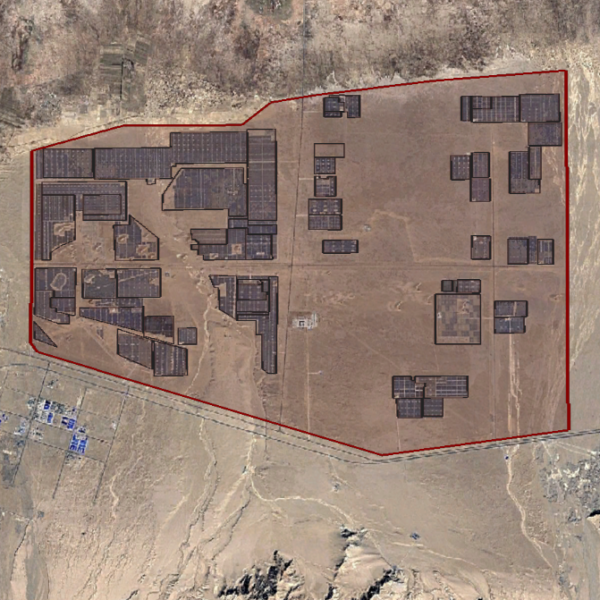
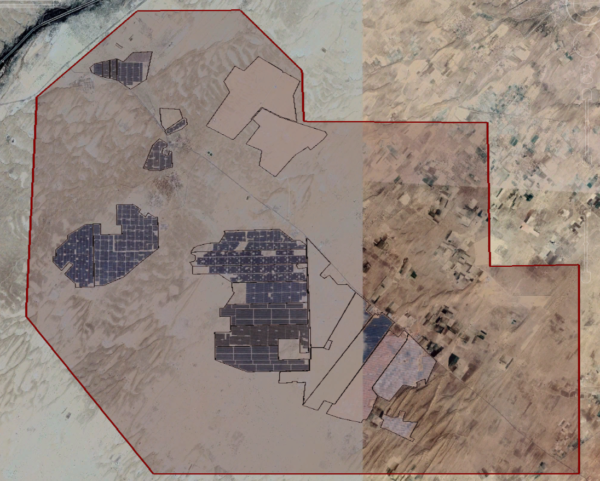
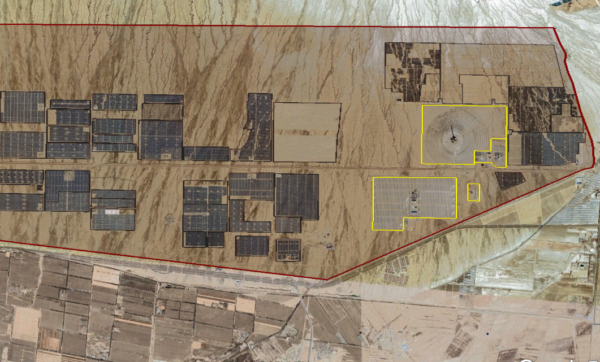
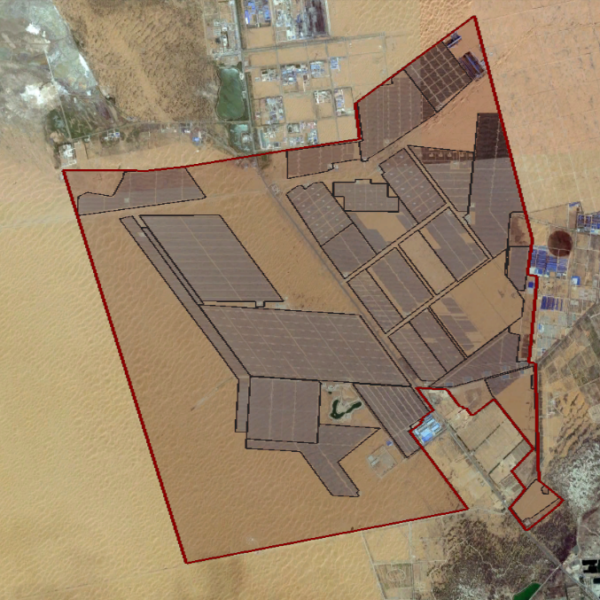
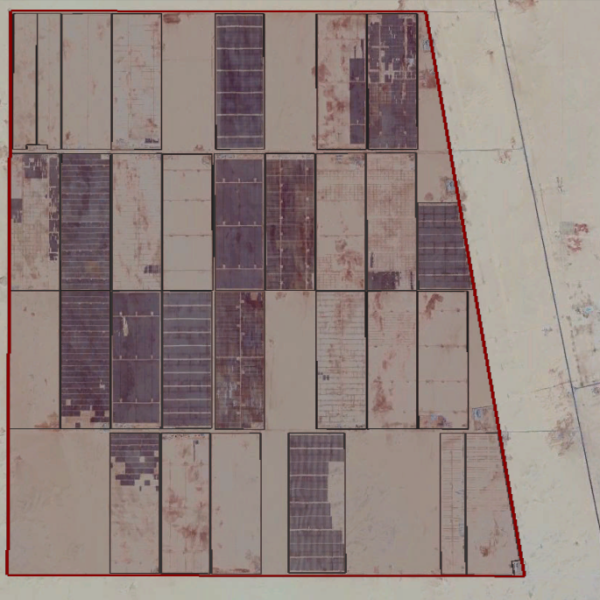
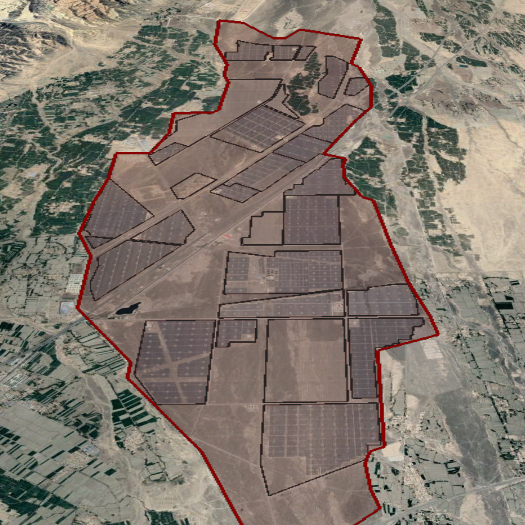
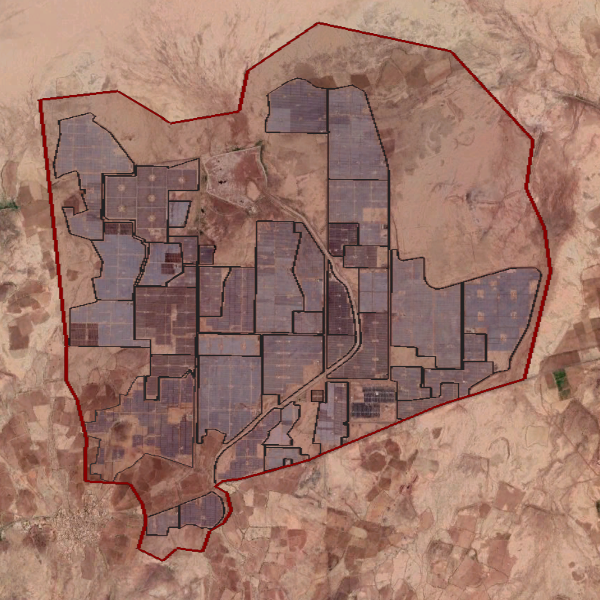







By submitting this form you agree to pv magazine using your data for the purposes of publishing your comment.
Your personal data will only be disclosed or otherwise transmitted to third parties for the purposes of spam filtering or if this is necessary for technical maintenance of the website. Any other transfer to third parties will not take place unless this is justified on the basis of applicable data protection regulations or if pv magazine is legally obliged to do so.
You may revoke this consent at any time with effect for the future, in which case your personal data will be deleted immediately. Otherwise, your data will be deleted if pv magazine has processed your request or the purpose of data storage is fulfilled.
Further information on data privacy can be found in our Data Protection Policy.